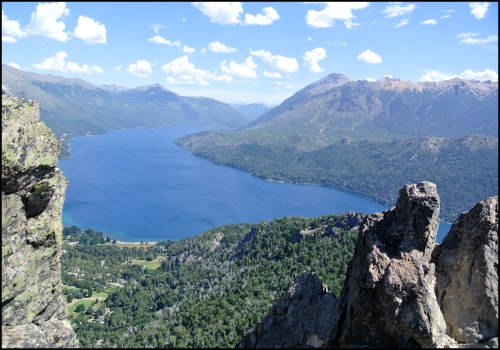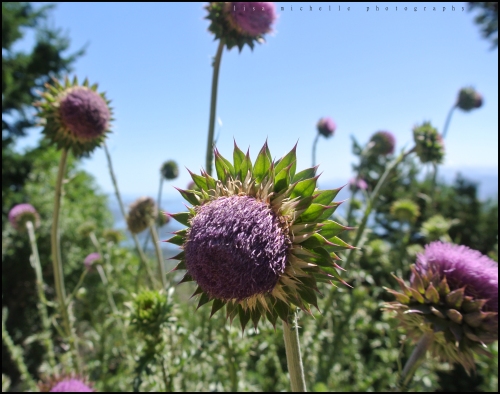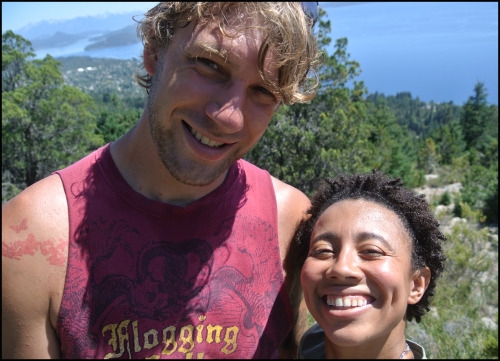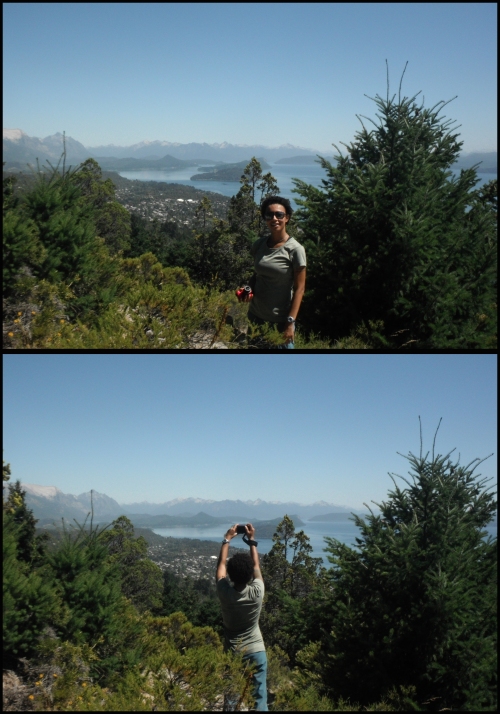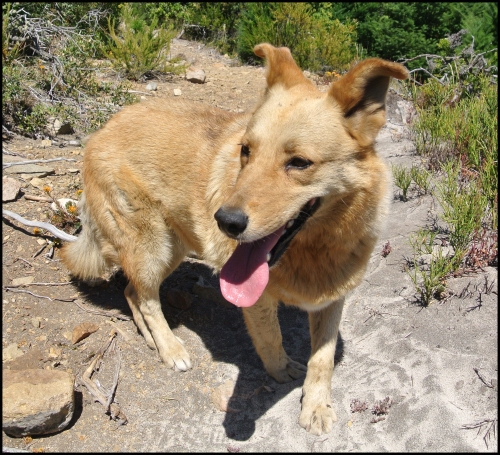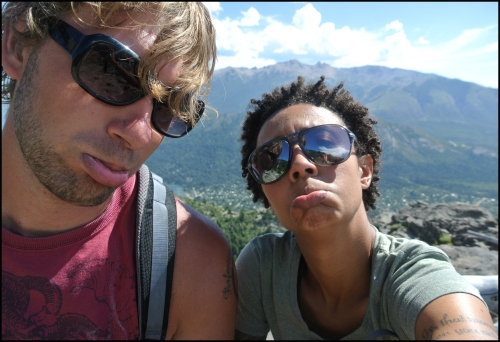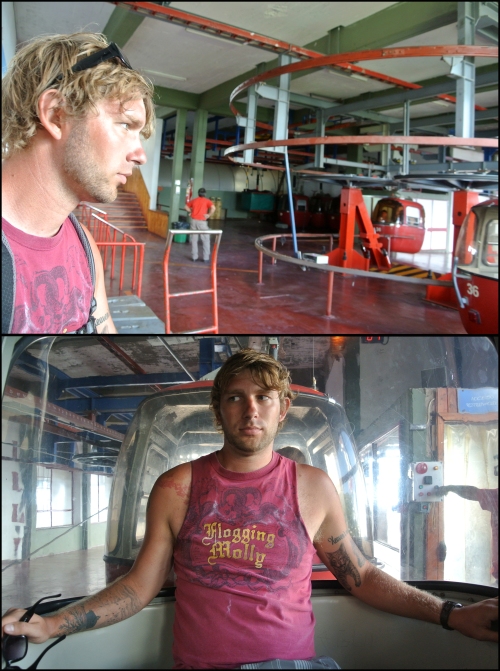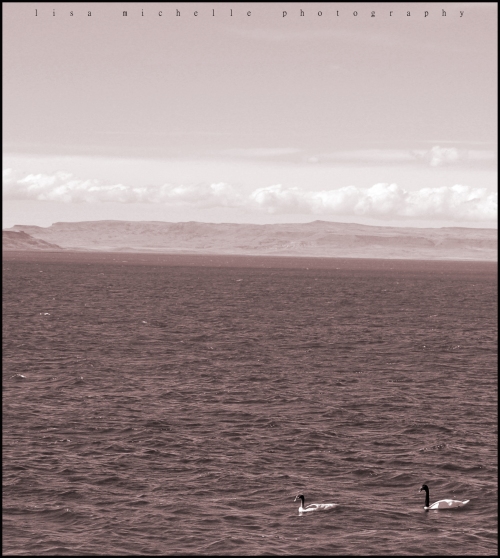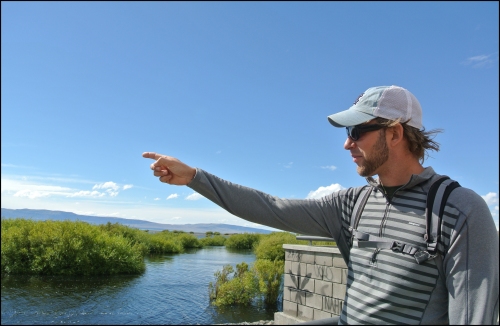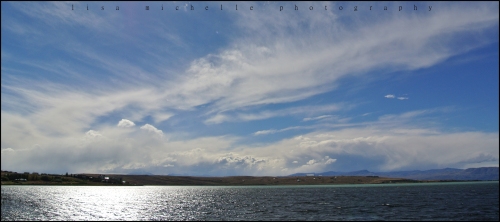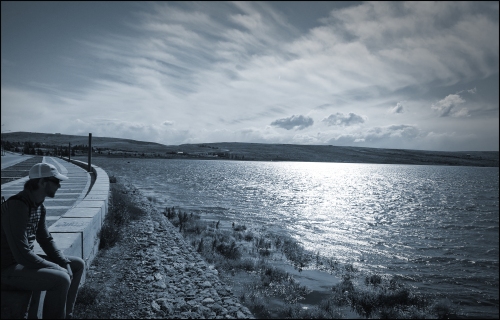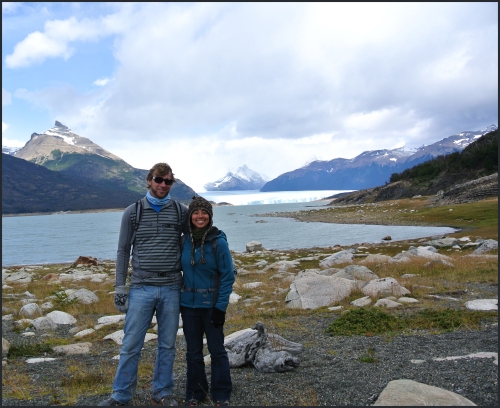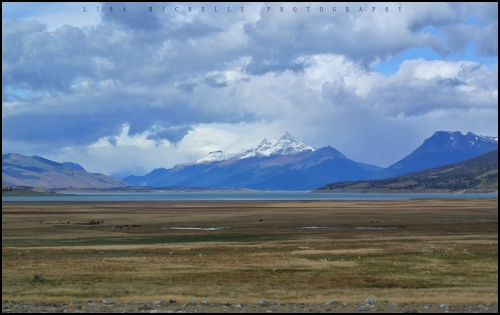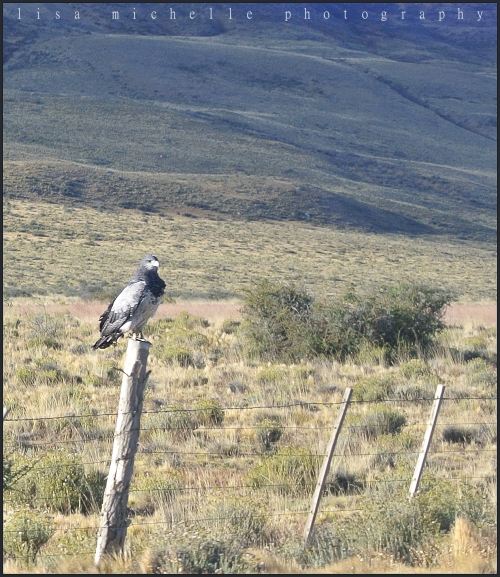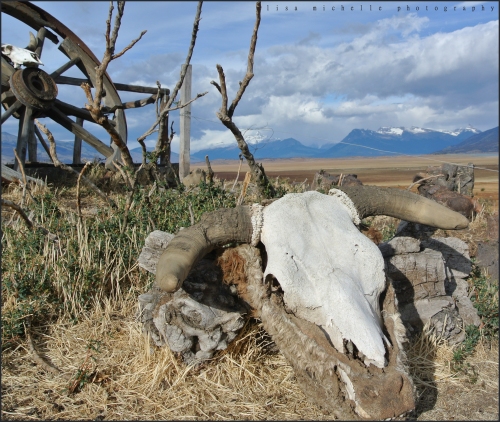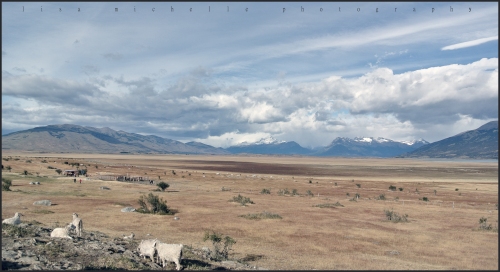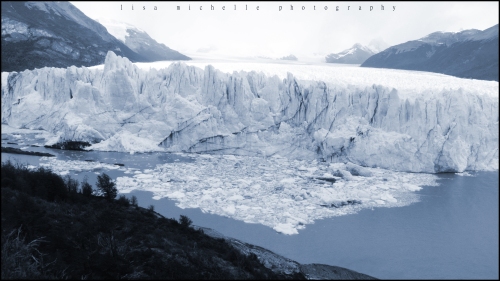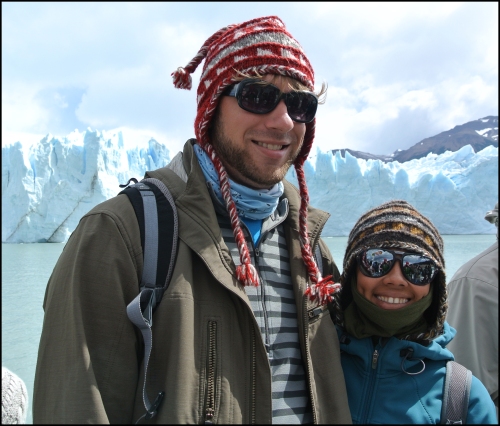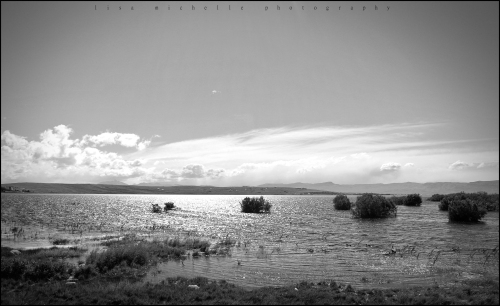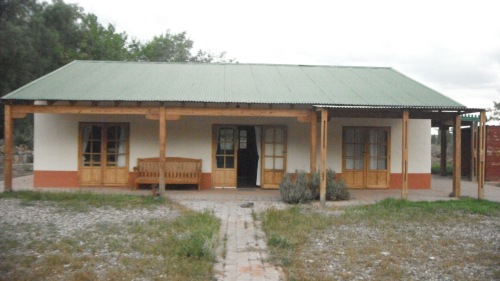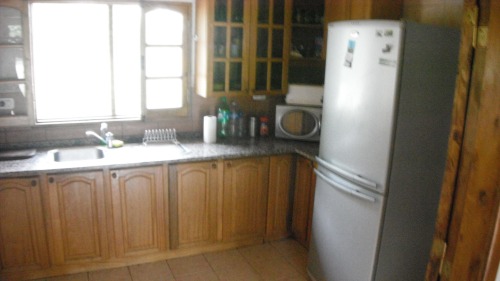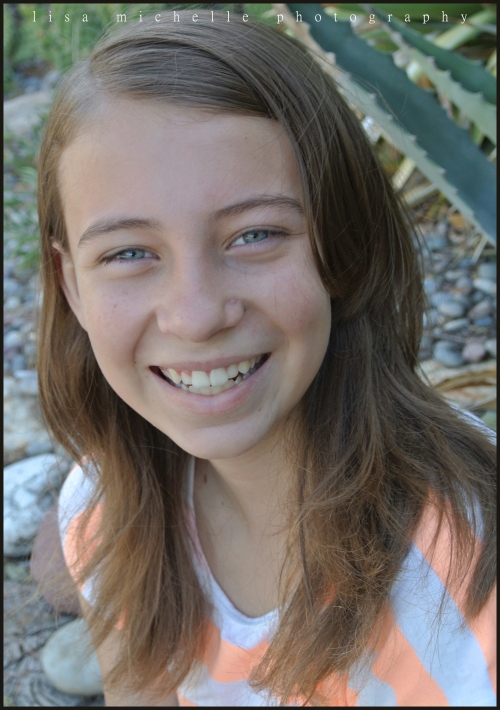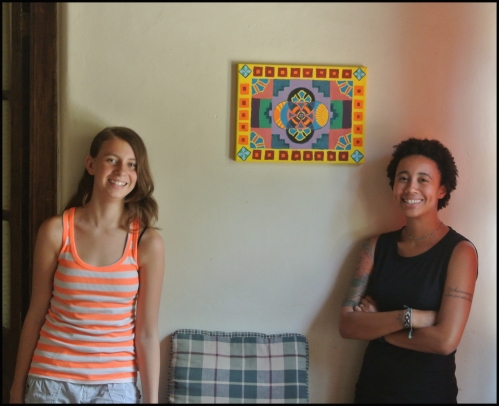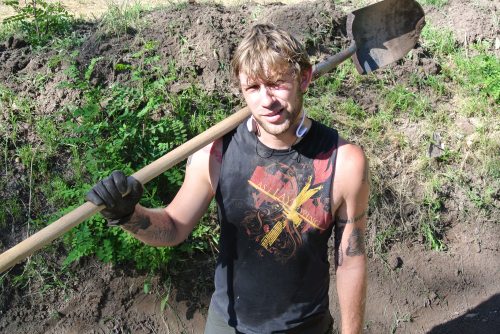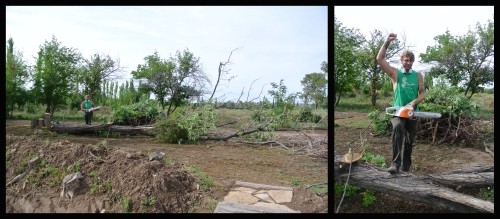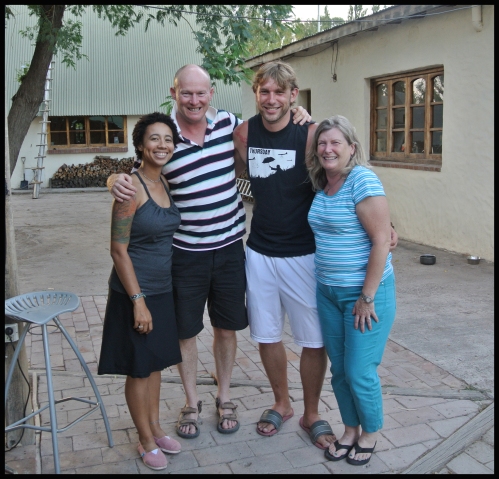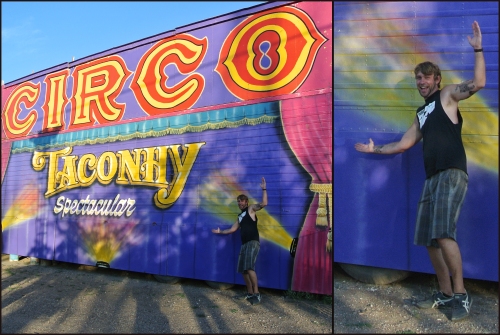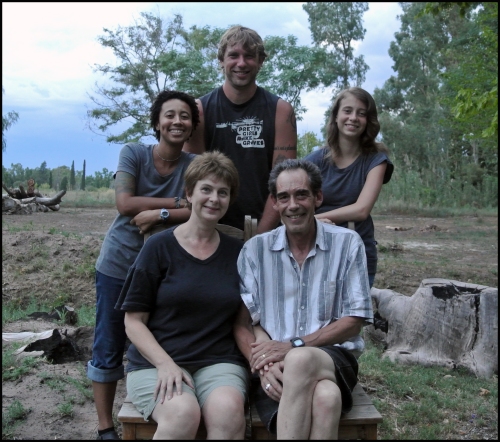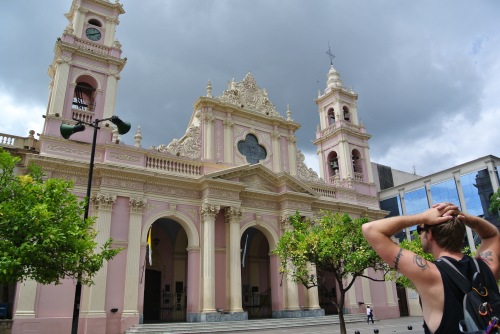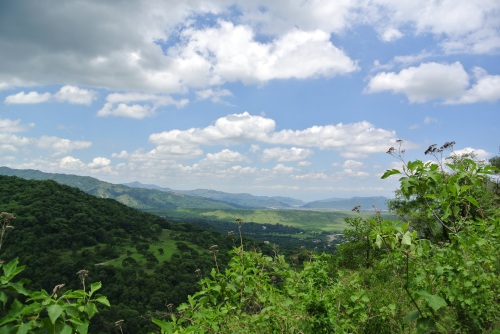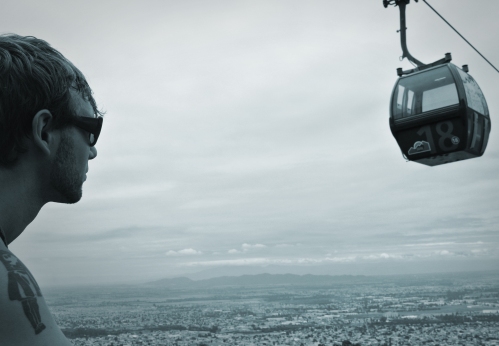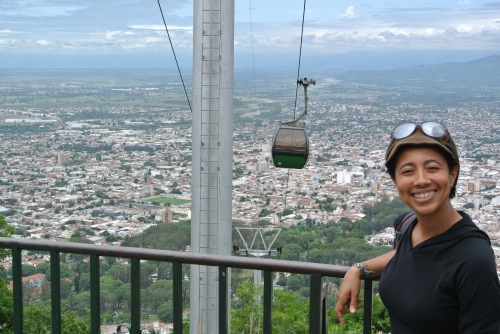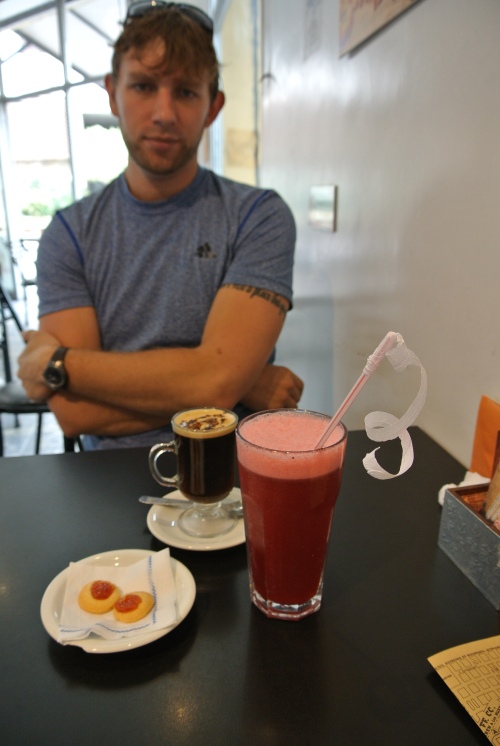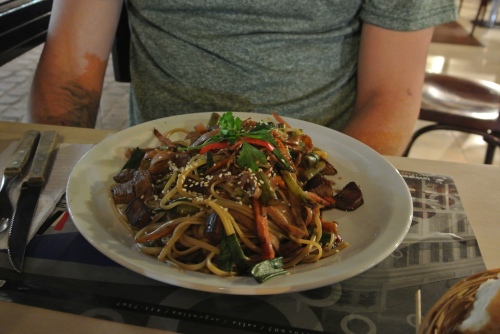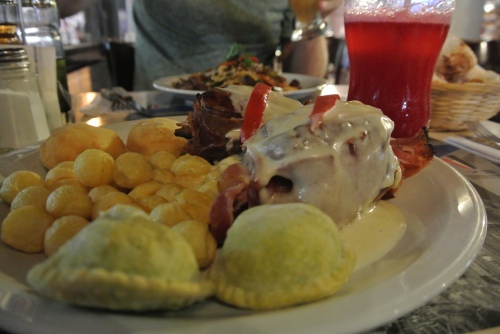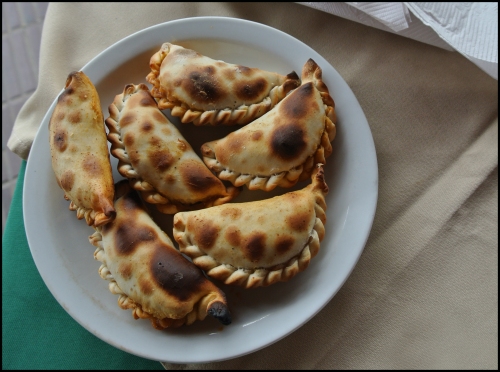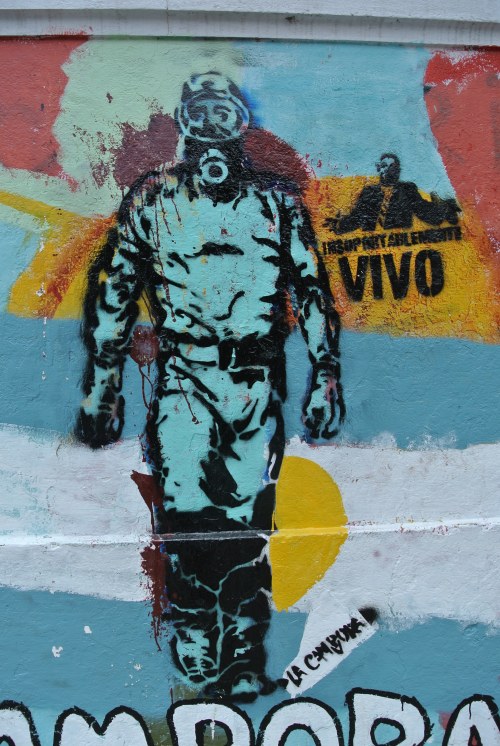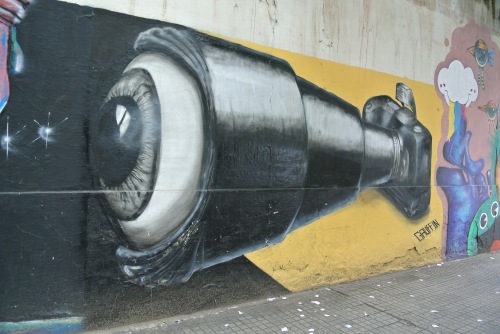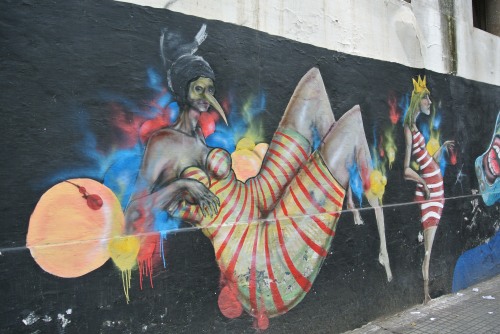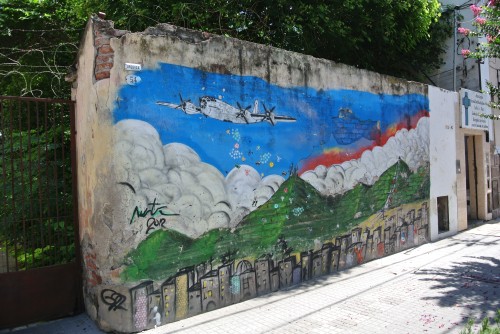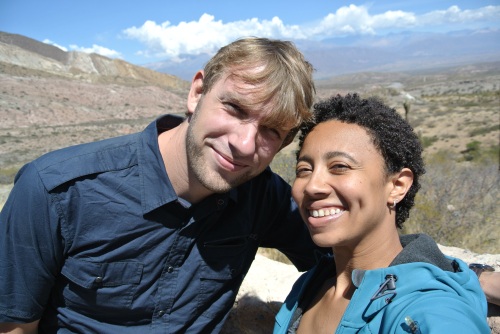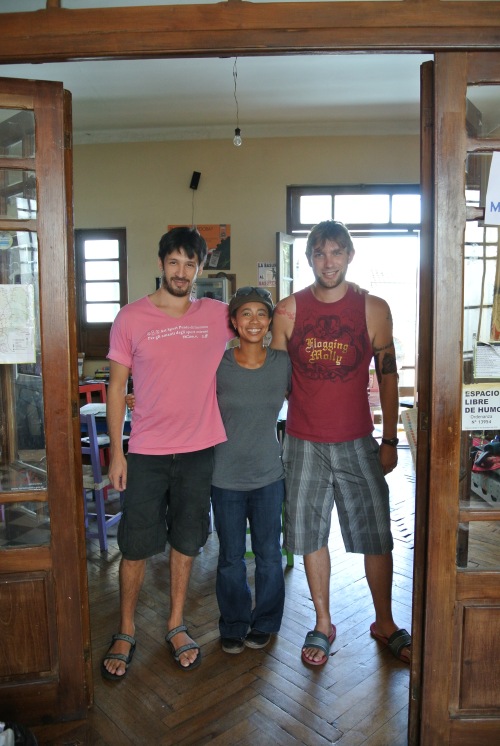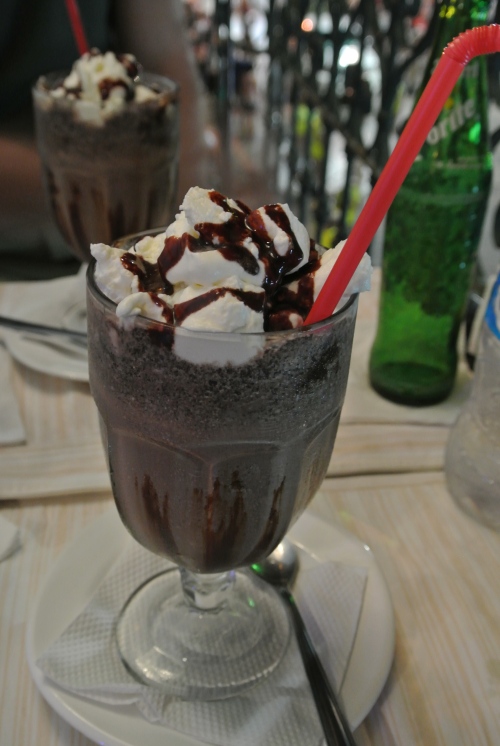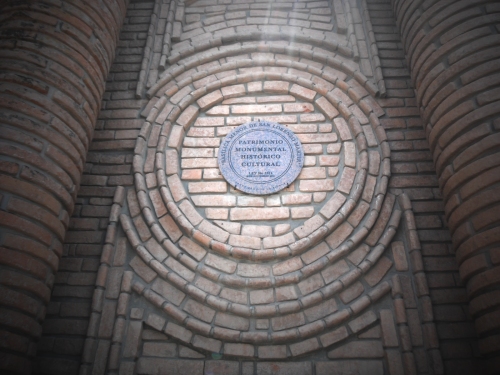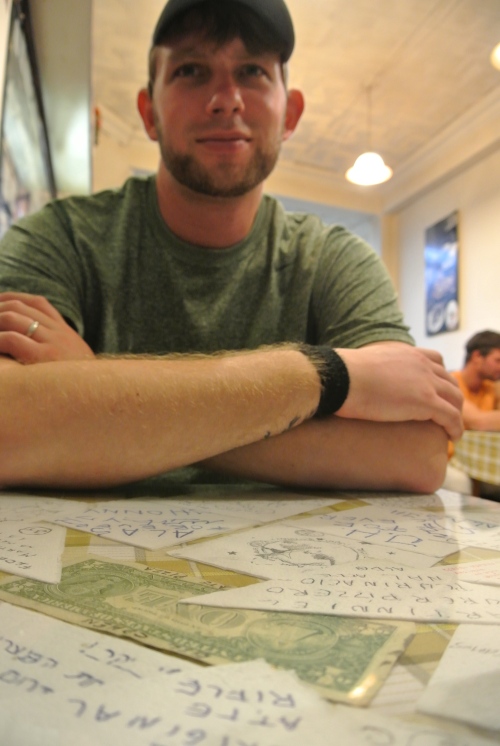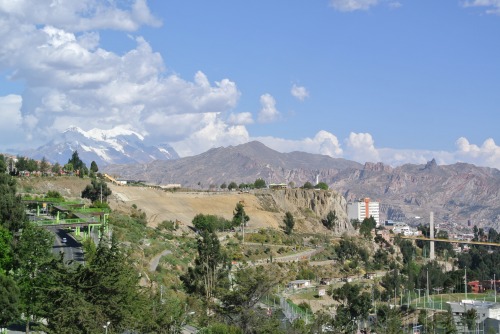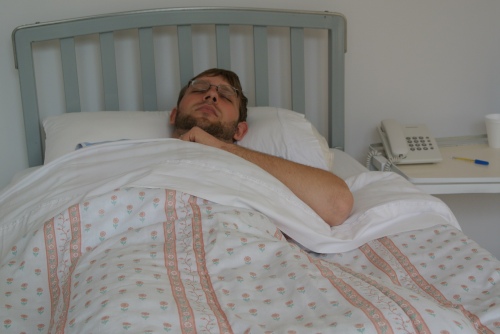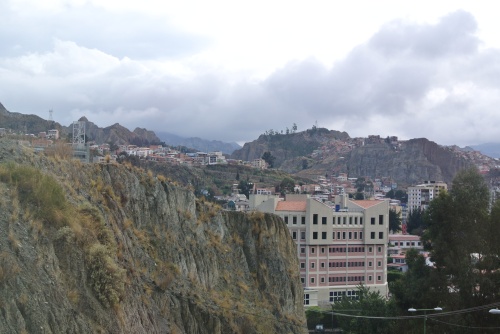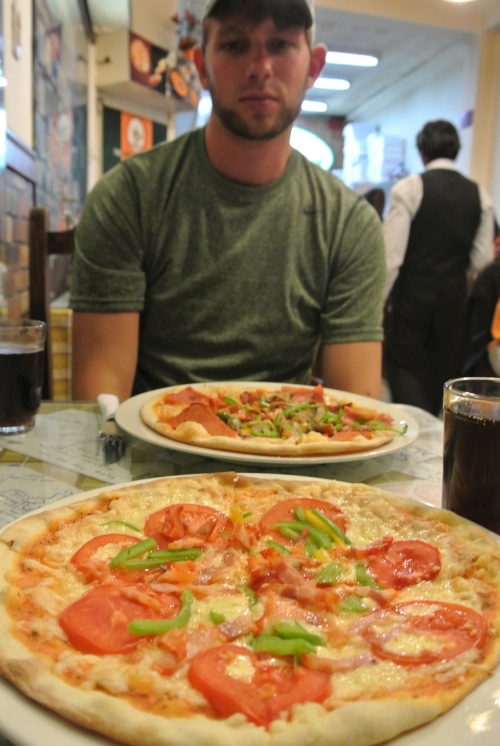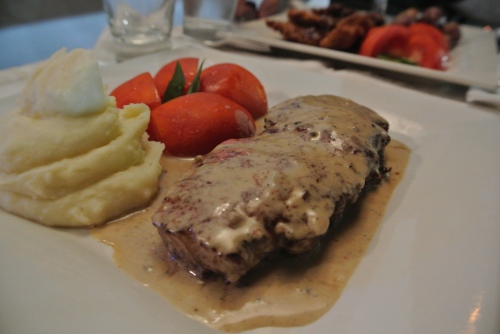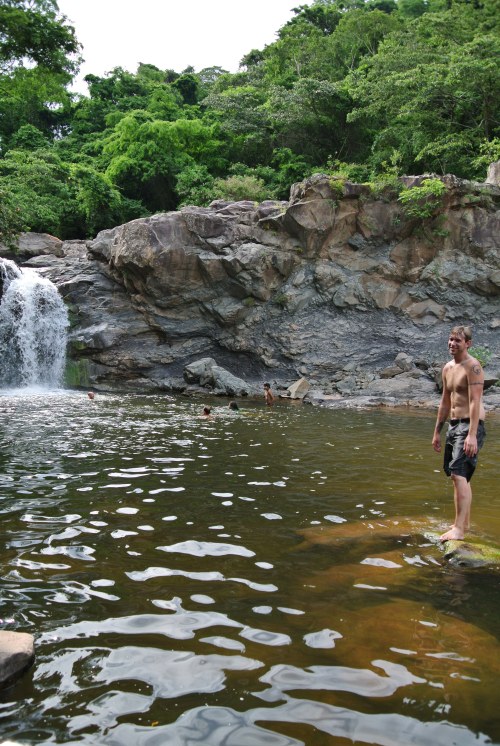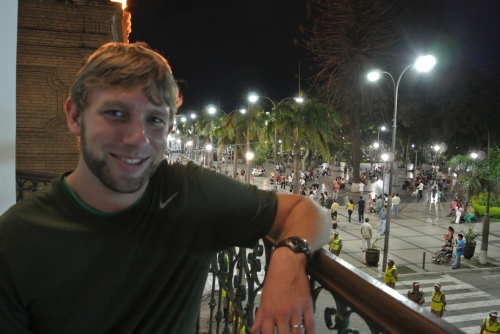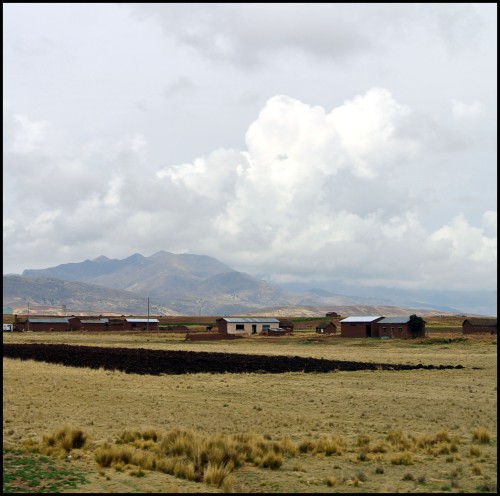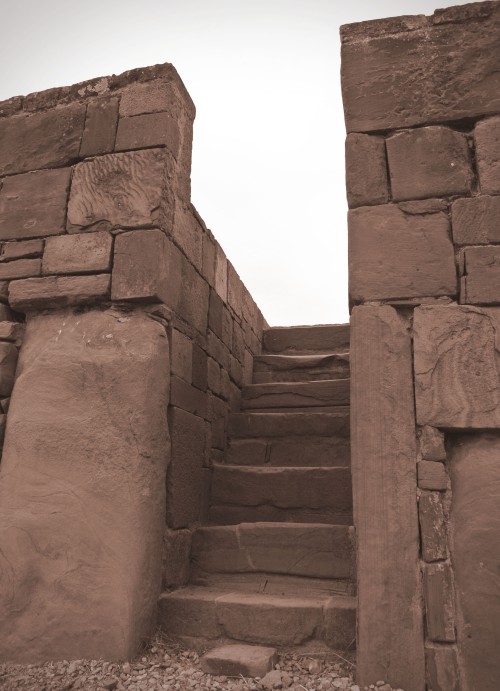We weren’t quite ready to leave the beauty of Patagonia, but we knew staying any longer would throw the budget off. So, we started looking for the best and cheapest way to head north. Originally, we planned to take a plane from Punto Arenas (PA) to Santiago, Chile. But, I suggested that we look into other options. Obviously, we didn’t want to take a bunch of buses north; that would be exhausting & a waste of money. I really wanted to take a boat at some point on the trip & why not look into our options during this portion?
Eventually, I was able to convince Corey to head to the tour office in PA. As it turned out, there was a ferry, but it left from Puerto Natales (PN) & it didn’t leave for another 6 days. That meant we’d have to divide our time between two Podunk (two-horse) towns in the coldest part of South America! Yes, it was a long time to wait, but it was worth it in the end!
The NaviMag Ferry (not luxurious enough to call it a cruise) is a 4 day boat journey through the fjords of Patagonia from PN to Puerto Montt (PM). For the most part, it’s navigated through channels, but there are 2 portions where the ferry goes through the Pacific Ocean for a chance to see some cool aquatic creatures.
Before leaving PN, we’d made sure to stock up on supplies: mostly snacks & drinks, since these items can be a bit more pricey on the ferry. It was also suggested that we get seasick pills, because the 3rd day on the boat is known to be very rough, since it navigates through open seas. But after stopping at 3 different pharmacies & coming up empty, we decided to risk it & go without them.
On February 25th, we departed Puerto Natales at 4:00 am after already boarding the night before around 9:00 pm. I realize how cheesy this sounds, but you could feel the excitement in the air the night before. Everyone was taking pictures of the sunset our last night in PN & travelers old & young were anxiously waiting for what would come on our first full day of the journey.
We had a 6:00 am wake up call that Monday to watch the captain navigate a difficult maneuver. I would like to say, that if you ever take this journey, unless you’re big into photography, just sleep in & go to the late breakfast! We got some nice photos of the sunrise, but since I know nothing about navigating a boat, it didn’t look super impressive to me or Corey or any of the other travelers who got up at the butt-crack of dawn to watch our navigation through this “narrow” passage.
For the next 3 mornings, there would be an early wake-up call over the loud speakers & every time fewer & fewer people woke up to see what was going on. As each day passed we made more friends & as a result we stayed up later & later every night. I got up early the last day because I wanted to see one more unobstructed view of the sunrise, but it was just me & one other girl that day.
Every morning after breakfast, the crew would show us the path of the ferry in English & Spanish. In the afternoon they would offer lectures and activities related to this region of the world. My favorite was knot-tying class on the 3rd day. The evenings consisted of dinner, a movie for all ages in Spanish (with subtitles) in the cafeteria and adult activities on the top deck in the bar.
As it turns out, we got very lucky in that the Pacific Ocean was extremely calm on the 3rd day. Normally, the boat is rocking back & forth uncontrollably and most people are seasick for 12 hours (more or less). We spoke with a couple who’d taken the ferry south to PN & the husband said it was, by far, the worst 12 hours of his life. I was so happy that the most we had was a gentle swaying back & forth and the few times I felt queasy, I just sat on the deck & watched the horizon wearing my motion-sickness armbands.
That day would also bring the chance to see dolphins & whales. We didn’t want to get our hopes up, but as it turned out, we didn’t need to. We actually got to see 2 whales & one of our friends got a great shot as it was they dove below the surface! This was the first time either of us have seen whales in their natural environment & words can’t describe just how amazing it was!
We knew from the start that the ferry would be 1 of 2 things: 1) a horrible experience & waste of money or 2) one of the best experiences of our trip so far & something we’d always look back on with fond memories. It was definitely the later & I can’t believe we contemplated for a moment taking a plane north! There was lots of laughter, dancing, singing, card games & memories! Since arriving in PM on Friday, March 1st we’ve bumped into other NaviMag travelers more than a dozen times, including last night at a restaurant in Sucre, Bolivia, 50 days later! We’re so happy that we took the ferry north & know that we’ll be talking about it for years to come!
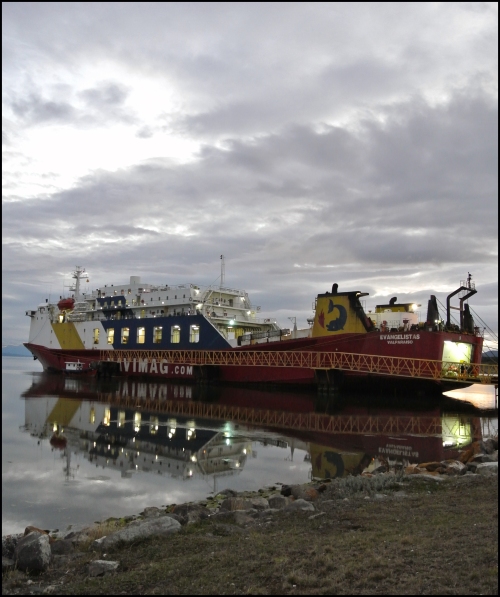
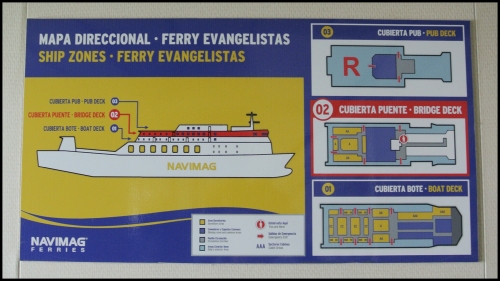
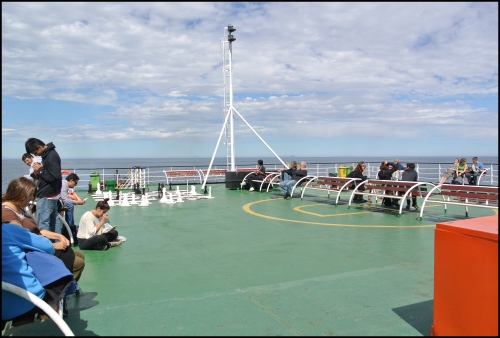
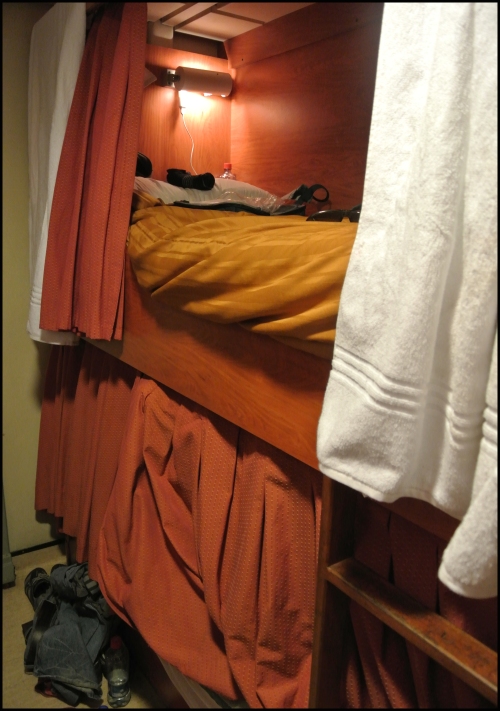
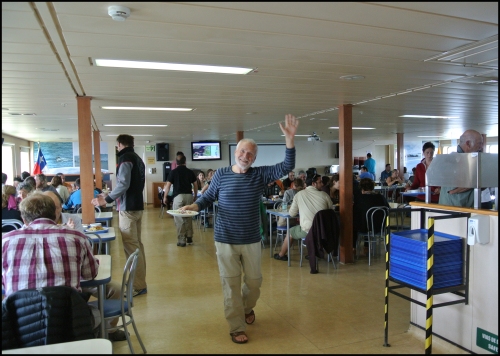
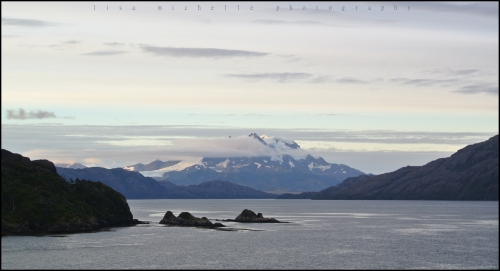
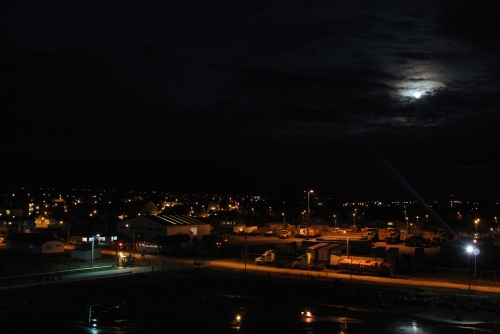
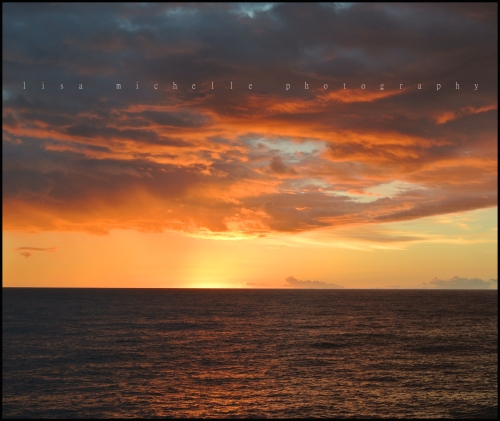


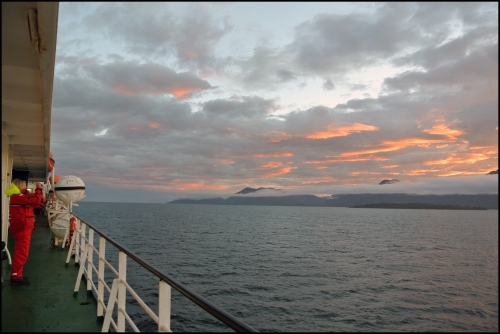
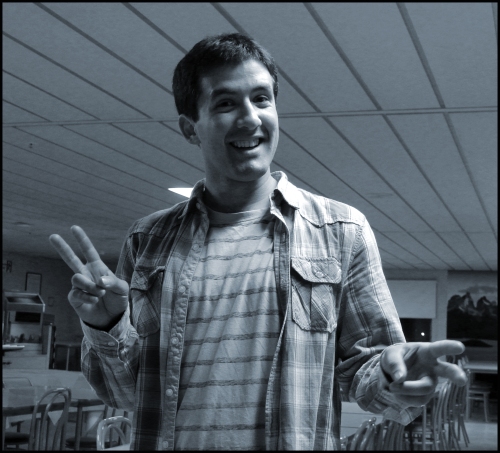
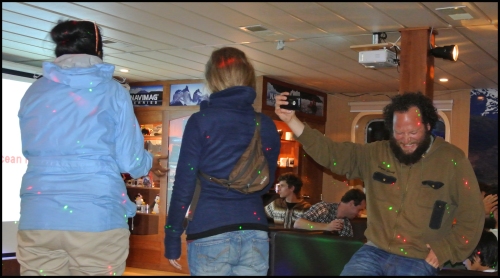
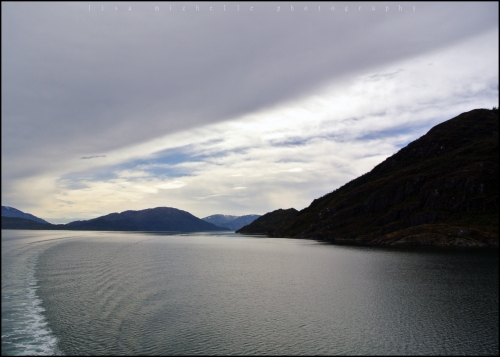
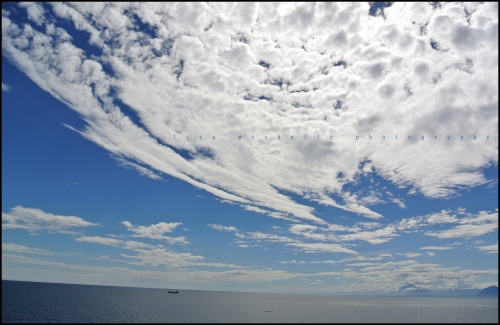

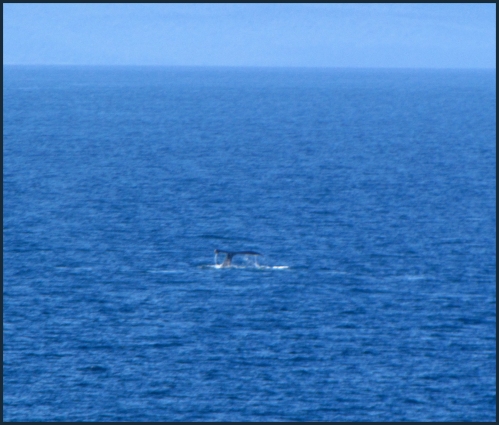
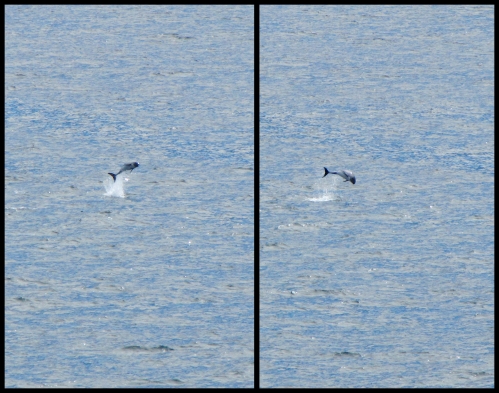
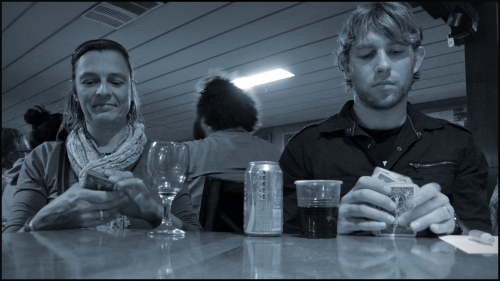

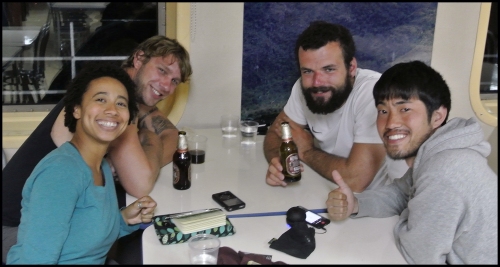
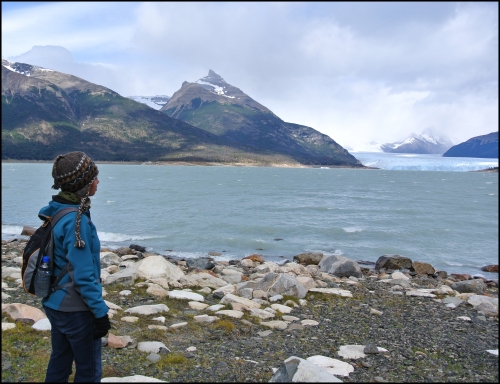
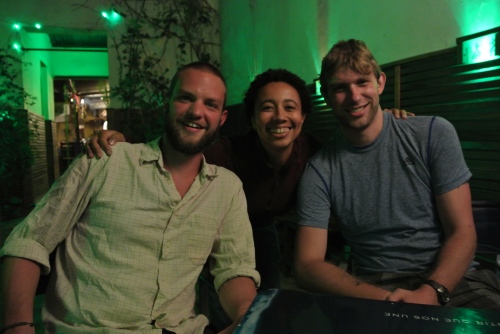
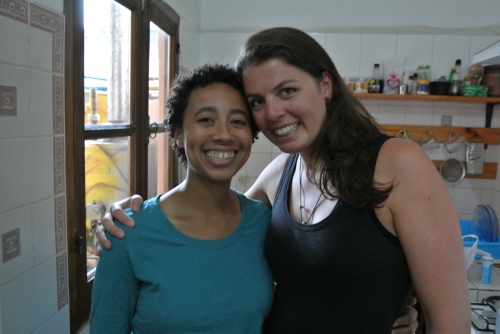

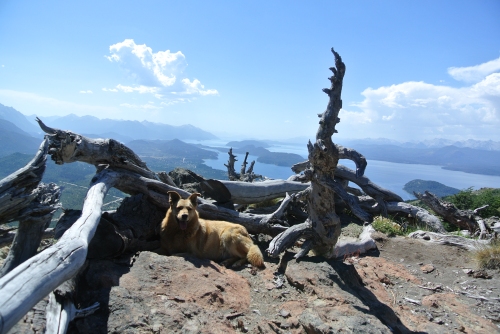
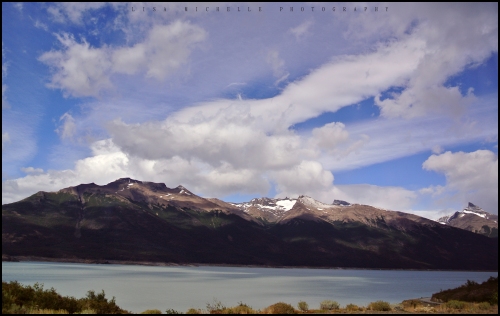
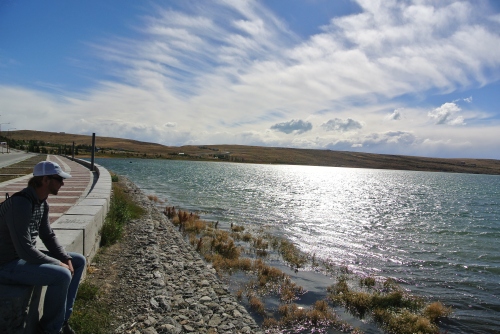
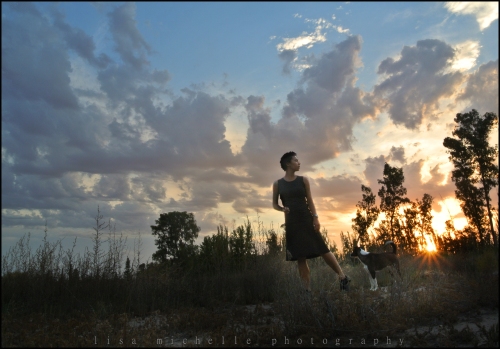

![image[5]](https://wallagrams.files.wordpress.com/2013/03/image5.jpeg?w=500&h=281)
